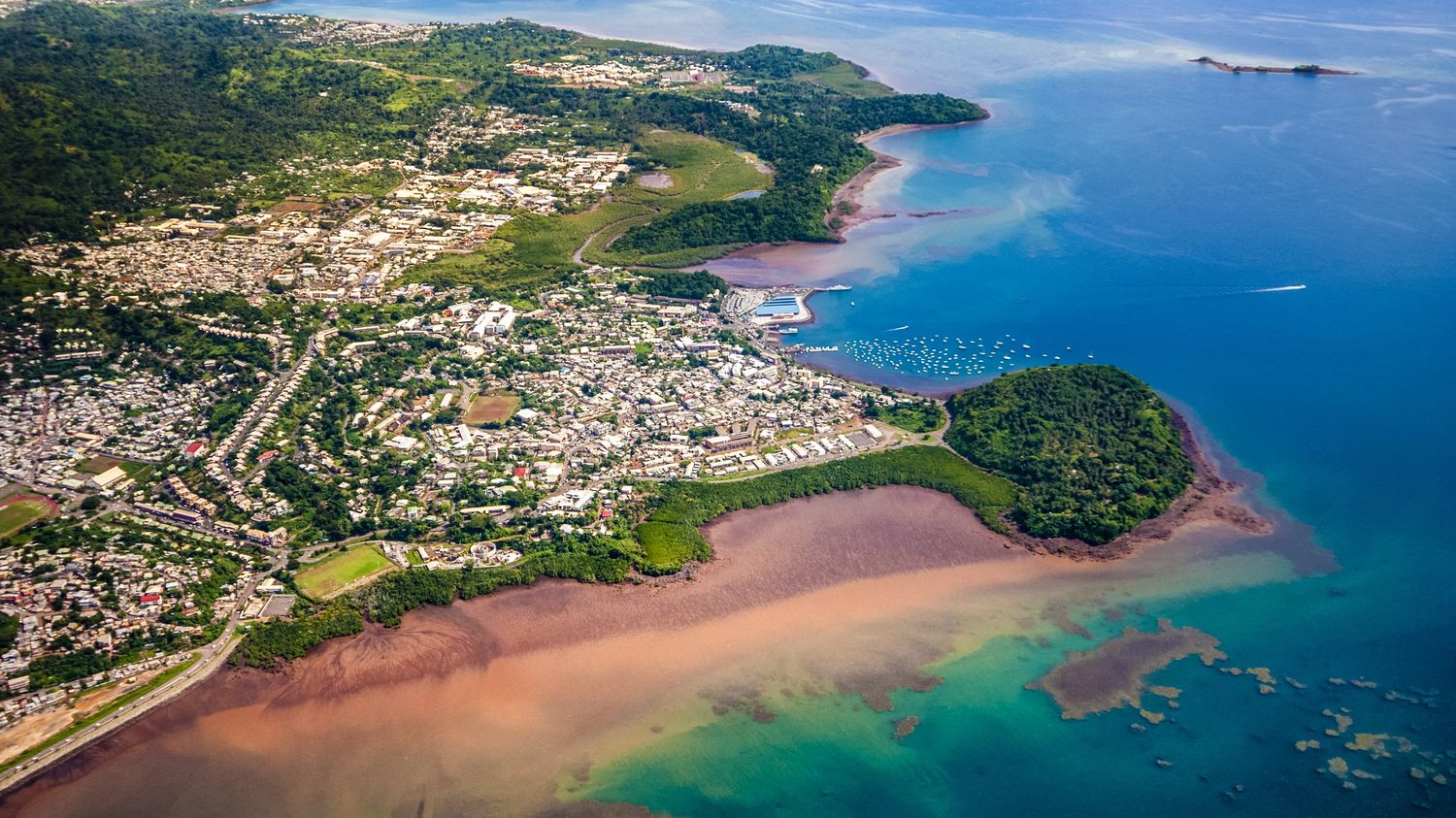The 101st French department faces many difficulties. In this context, the Minister of the Interior and Overseas has launched a vast operation to fight against illegal immigration and to destroy slums, called “Wuambushu”.
A separate department. 8,000 kilometers from France, in the Indian Ocean, Mayotte displays exceptional statistics on many indicators: its population is rising rapidly, a large majority of the inhabitants live below the poverty line, immigration is very high, access to care is difficult and crime is high there, generating a feeling of insecurity.
>> REPORT. Operation “Wuambushu” in Mayotte: in the largest slum in France, Comorians fear “civil war”
In this context, the Minister of the Interior and Overseas has launched a vast operation to fight against illegal immigration and to destroy slums, called “Wuambushu”, which means “recovery” in Mahorais. Nearly 2,000 police and gendarmes have been deployed in the 101st French department. But authorities in neighboring Comoros have already warned that they “don’t accept[aie]there are no evictions”, the Comorian president wanting to favor “dialogue”. Several international organizations are also concerned about this operation, yet demanded by many elected officials on the spot. “In Mayotte, I believe they are waiting for the return of France and the State”, assured Gérald Darmaninon franceinfo, Friday, April 21.
A growing population
The population of Mayotte has been steadily climbing for several decades. In 1985, there were only 67,200 inhabitants on the French archipelago of 375 square kilometers. Thirty years later, there are 256,500, according to INSEE. A number “highly underrated”also asserted the Court of Auditors in June 2022. One thing is certain, the demography of Mayotte continues to grow at high speed. Between 2012 and 2017, the population increased by an average of 3.8% per year. This is more than in any other region, between 2014 and 2020, according to INSEE.
The main reason for this increase is the fertility rate, which stands at 4.6 children per woman on average in Mayotte, a figure much higher than elsewhere in France. According to the different scenarios for the evolution of immigration to Mayotte, the 101st French department could have between 440,000 and 760,000 inhabitants in 2050.
A very low standard of living
The median standard of living of the inhabitants of the archipelago is seven times lower than at the national level, according to INSEE. Thus, half of the population lived with less than 3,140 euros of disposable income per year in 2017. Consequence: 77% of the inhabitants live below the national poverty line, i.e. five times more than in France.
High immigration
Located less than 70 kilometers from the Comoros, Mayotte attracts many inhabitants of the neighboring archipelago. In 2017, 48% of the population of the 101st French department was of foreign nationality, or 123,000 people, according to INSEE. This share has been rising sharply since 2012. In detail, 95 of foreigners living in Mayotte are Comorians, 4% are Malagasy. The share of immigrants from East Africa remains marginal. In France, in 2021, the foreign population amounted to 5.2 million people, or 7.7% of the total population, according to INSEE.
“Exceptional” crime, according to INSEE
All the indicators are red, reports INSEE: burglaries, car damage, thefts and assaults are more frequent than in France. Result: the feeling of insecurity is very strong in Mayotte, according to INSEE. Nearly half of the inhabitants feel insecure often or from time to time, at home or in their neighbourhood, i.e. five to six times more than the inhabitants of France.
A poor state of health
The inhabitants of Mayotte also say they are in poorer health than those of France. Taking a population structure by age comparable to that of France, 21% of the inhabitants of the 101st French department say they are in poor or very poor health, according to INSEE. It is three times more than in France. One of the reasons? The use of care is much less frequent there: almost half of the inhabitants of Mayotte aged 15 or over who needed care or a consultation had to postpone it or give it up.
